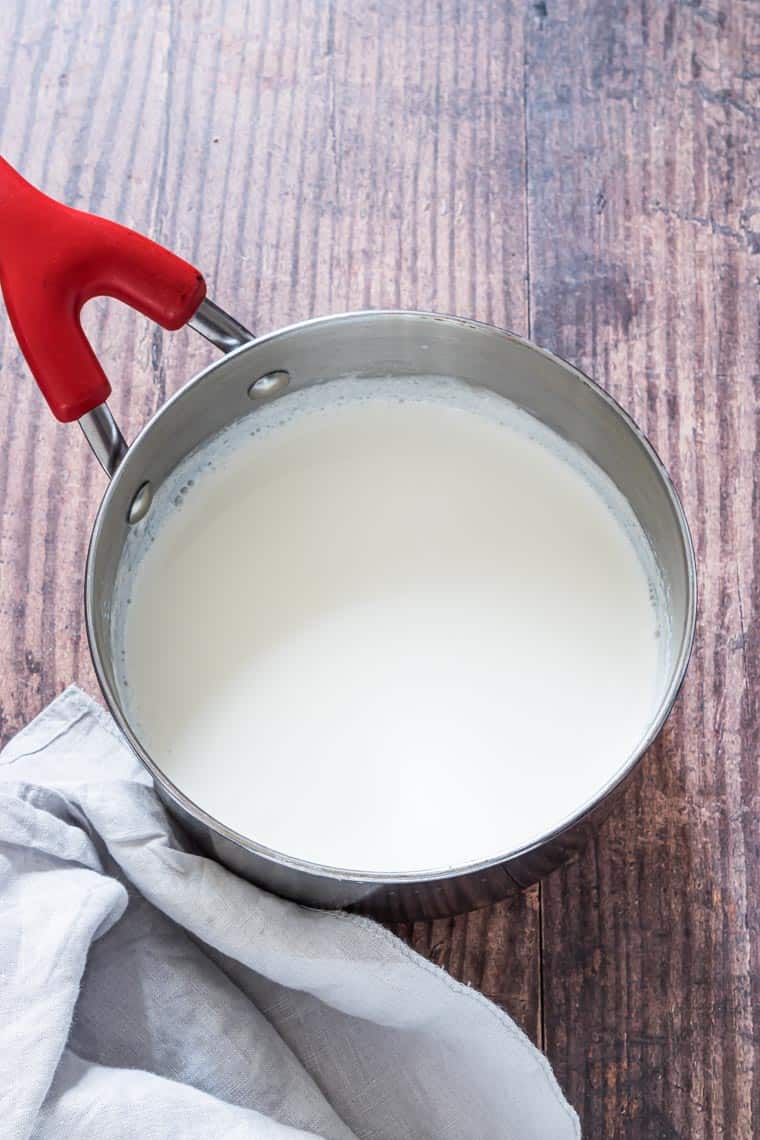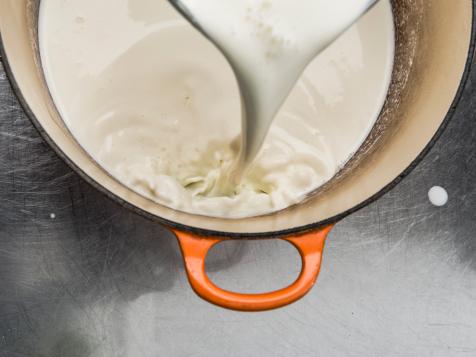Scald Milk: A Detailed Guide to Mastering This Essential Cooking Technique
Scalding milk is a fundamental cooking technique that plays a crucial role in various recipes, particularly in baking and dessert preparation. This process involves heating milk to just below its boiling point, which can improve the texture, flavor, and safety of your dishes. If you're looking to learn how to scald milk and understand its benefits, this comprehensive guide will provide you with all the necessary information.
1. What is Scalding Milk?
Definition
- Scalding Milk: Scalding milk refers to heating milk until it reaches around 180°F (82°C), just below boiling point. At this temperature, steam starts to rise, and small bubbles form around the edges of the pan.
Historical Context
- Past Practice: Historically, scalding milk was necessary to kill bacteria before pasteurization became standard. Today, it's mainly done to improve the quality of certain recipes.
2. Why Scald Milk?
Benefits in Baking and Cooking
- Enhanced Dough: Scalding milk deactivates proteins that can weaken gluten structure, resulting in better dough rise and improved texture in bread and pastries.
- Smoother Custards: In recipes like custards and puddings, scalded milk helps dissolve sugar more effectively and integrates ingredients more smoothly, yielding a creamier texture.
- Flavor Improvement: Heating milk can enhance its flavor, making it more pronounced in the final dish.
Safety
- Bacterial Elimination: Although modern pasteurized milk is safe, scalding can still ensure any residual bacteria are killed, particularly useful in recipes that won't undergo further cooking.
3. How to Scald Milk: Step-by-Step Instructions
Equipment Needed
- Saucepan: A heavy-bottomed saucepan to prevent burning.
- Thermometer: An optional tool for precise temperature control.
- Spoon or Whisk: For constant stirring to avoid scorching.

scald milk
Instructions
Step 1: Pour the Milk
-
Measure and Pour: Pour the desired amount of milk into the saucepan.
Step 2: Heat the Milk
-
Medium Heat: Place the saucepan over medium heat.
-
Stir Continuously: Stir the milk with a spoon or whisk to prevent it from sticking and ensure even heating.
Step 3: Monitor the Temperature
-
Thermometer Use: If using a thermometer, heat the milk until it reaches 180°F (82°C). Without a thermometer, look for steam and small bubbles forming around the edges.
-
Avoid Boiling: Do not let the milk reach a full boil, as this can alter its taste and texture.
Step 4: Remove from Heat
- Cool Down: Once the milk is properly scalded, remove it from the heat and let it cool to the desired temperature before using it in your recipe.
4. Tips for Perfectly Scalded Milk
Preventing Scorching
- Constant Stirring: Always stir the milk to avoid scorching and ensure even heating.
- Heavy-Bottomed Pan: Use a pan with a heavy bottom to distribute heat more evenly.

scald milk
Using a Thermometer
- Precision: For accurate results, a thermometer ensures the milk is heated to the correct temperature without boiling.
Quick Cooling
- Ice Bath: If you need to cool the milk quickly, place the saucepan in an ice bath and stir until it reaches the desired temperature.
5. Recipes That Benefit from Scalded Milk
Breads and Pastries
- Brioche and Rolls: Recipes like brioche, dinner rolls, and other enriched doughs benefit from the improved texture that scalded milk provides.
Custards and Puddings
- Creamy Desserts: Custards, puddings, and pastry creams achieve a smoother and more velvety texture with scalded milk.
Soups and Sauces
- Rich and Creamy: Cream-based soups and sauces integrate better and develop a richer flavor when made with scalded milk.
6. Conclusion
Scalding milk is an essential technique that can significantly enhance the quality of your baking and cooking. By following the detailed steps and tips provided in this guide, you'll be able to scald milk perfectly, ensuring your recipes turn out with the best texture and flavor possible. Whether you're preparing bread, custards, or creamy sauces, mastering the art of scalding milk will elevate your culinary skills and result in deliciously improved dishes.